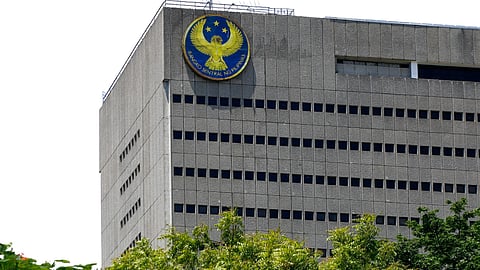
- NEWS
- the EDIT
- COMMENTARY
- BUSINESS
- LIFE
- SHOW
- ACTION
- GLOBAL GOALS
- SNAPS
- DYARYO TIRADA
- MORE

The Bangko Sentral ng Pilipinas (BSP) expects the country’s Balance of Payments (BoP) to remain in deficit over the next two years as global uncertainties and structural challenges continue to weigh on trade and investment inflows.
In its latest assessment, the BSP projected the current account shortfall to stay at around 3 percent of gross domestic product (GDP) in both 2025 and 2026.
The persistent gap reflects a widening trade-in-goods imbalance, subdued services receipts, and restrained capital inflows against a backdrop of shifting trade policies and financial market volatility.
Goods exports and imports are anticipated to remain sluggish, driven by softening global demand, easing commodity prices, and tempered domestic growth.
While infrastructure projects, trade diversification, and new export partnerships may cushion external shocks, the central bank flagged structural constraints such as high input costs, logistical inefficiencies, and labor skills mismatches that continue to erode export competitiveness.
On the services side, the BSP noted that growth in business process outsourcing (BPO) and tourism receipts may moderate, with the sector facing uncertainties from US reshoring policies and a slowdown in inbound travel.
Still, overseas Filipino remittances are expected to remain a resilient support, buoyed by robust global labor demand and confidence in formal remittance channels, even with the looming US tax on money transfers.
Meanwhile, foreign direct investments (FDI) and portfolio inflows are seen softening from 2024 levels due to heightened global market volatility and more cautious investor sentiment.
The BSP, however, highlighted that recent policy reforms – including amendments to the Investors’ Lease Act – could help enhance the country’s investment appeal moving forward.
Despite these pressures, gross international reserves are projected to remain adequate, ensuring a sufficient buffer against external liquidity needs.
The central bank stressed that it will continue to engage proactively with stakeholders and monitor emerging risks to safeguard macroeconomic stability.
